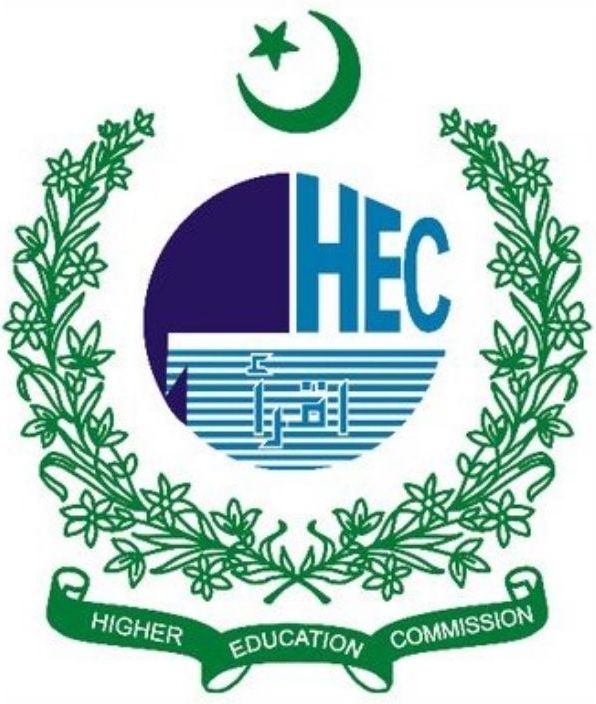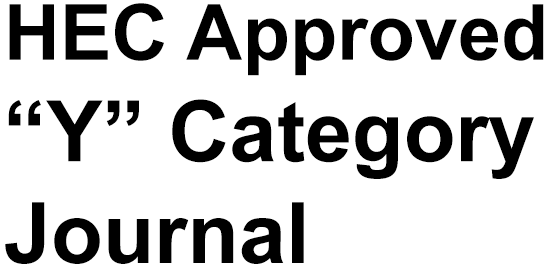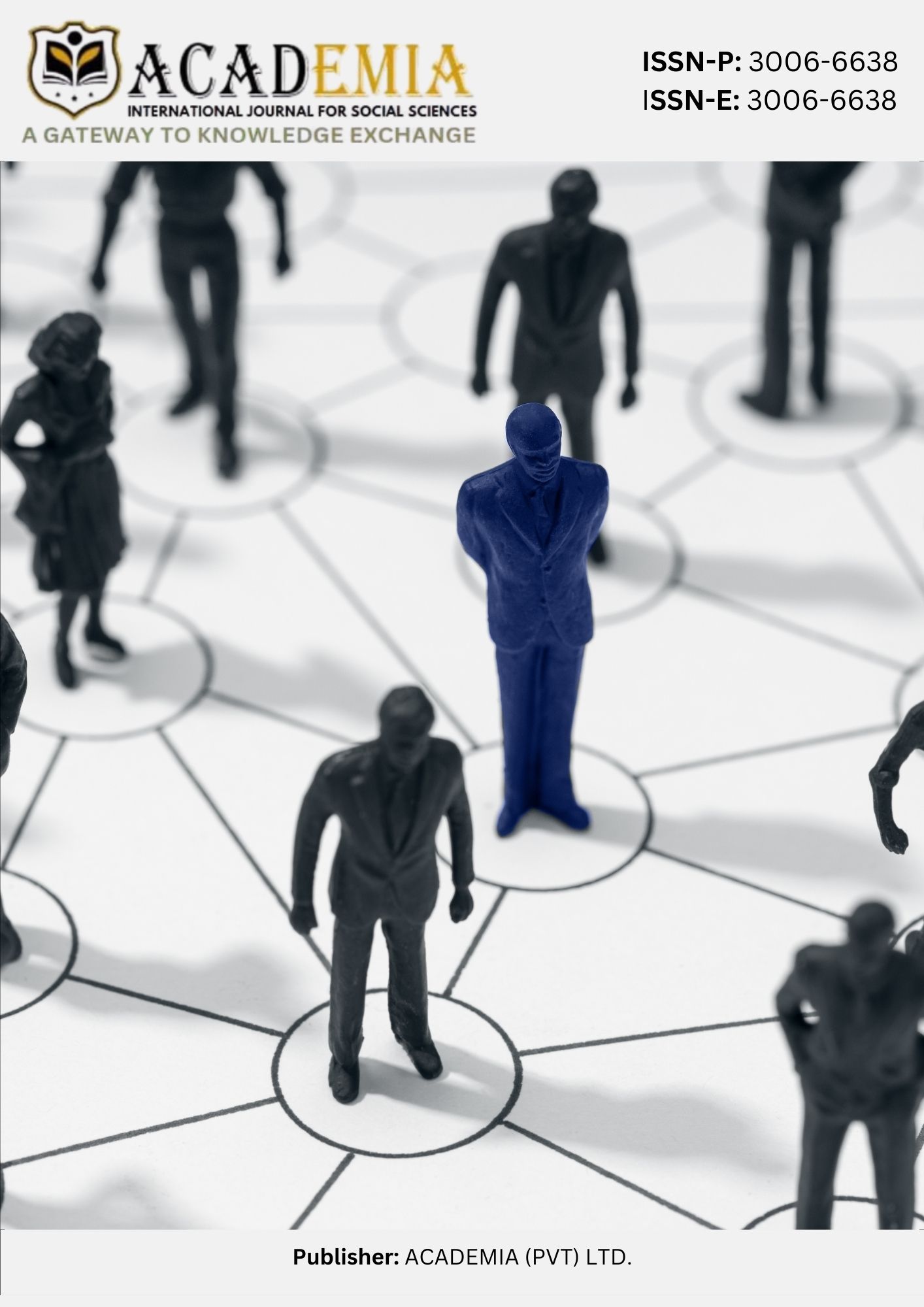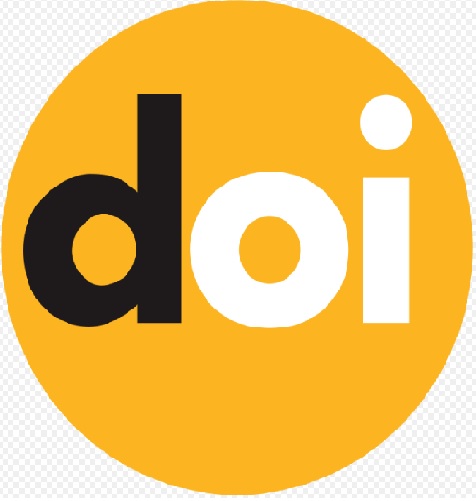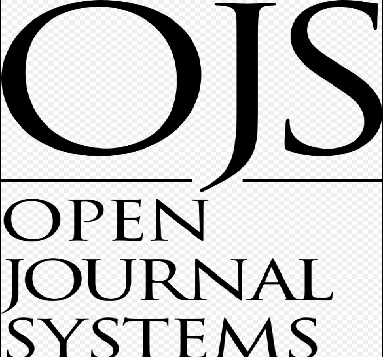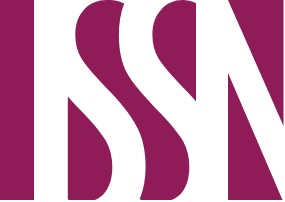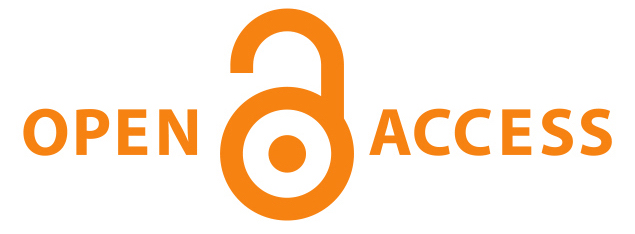Word Formation Processes in Urdu: Borrowing, Coinage, and Blending
DOI:
https://doi.org/10.63056/ACAD.004.03.0398Keywords:
Linguistic Borrowing , Neologism , Morphological Adaptation , Blending, Cultural Hybridization , Sociolinguistic VariationAbstract
This research reviews the understanding of word formation processes of Urdu language which include borrowing, blending, and coinage in the context of contact linguistics, media impact, and intergenerational disparity. Urdu develops and changes perpetually through Persian, Arabic, and particularly English, where lexicon is phonologically and morphologically borrowed (Shafique, 2019; Daud et al., 2016). The social change and technological progress makes productive use of coined expressions employing Urdu’s affixation system (Khan et al., 2024; Amin, 2023). The blending of languages and words in various bilingual and digital spheres gives rise to new expressions and nuances of communication and identity (Rashid 2017). The research employs a qualitative, corpus-based approach where data is collected from print, digital, academic, and broadcast media to capture the emergence, structure and use of these lexical forms. It studies perception of different generations towards the use of borrowed terms to find sociolinguistic influences shaping modern Urdu. The results show how the responsiveness and innovative character of Urdu language functions in the context of globalization and hybrid languages.
Downloads
Published
Issue
Section
License
Copyright (c) 2025 Muqadas Ghazanfar, Hafsa, Radiya Rani (Author)

This work is licensed under a Creative Commons Attribution 4.0 International License.


